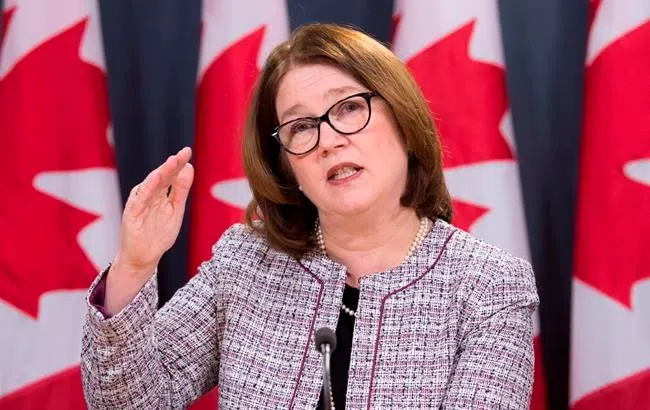
New Indigenous Services ministry aiming to improve health, quality of life
OTTAWA — The new department of Indigenous Services has an unusual long-term goal: Its own eradication.
“This department should disappear over time,” said deputy minister Jean-Francois Tremblay as he and Minister Jane Philpott unveiled Tuesday the plans and priorities for the new department.
It was established less than two months ago as the government split Indigenous Affairs into two parts — Crown-Indigenous Relations and Northern Affairs to handle treaties and land claims and Indigenous Services, to oversee programs in health, education, infrastructure and child welfare.
Philpott said “Indigenous peoples want and need control over their lives” so the focus of each service area is to eventually provide funding to Indigenous organizations who can then manage the programs themselves.
